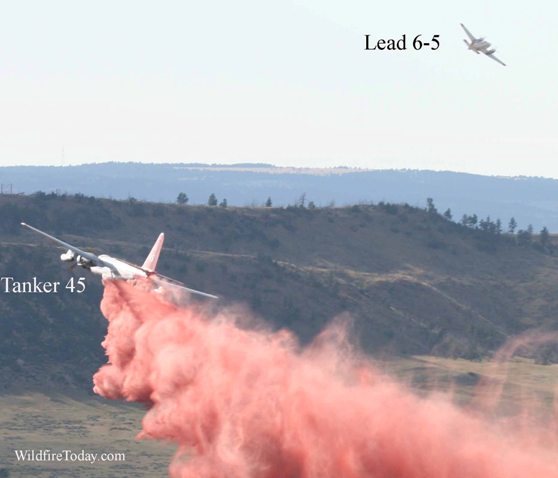The U.S. Forest Service issued a news release today saying they were announcing a strategy for replacing aging large air tankers. We have been waiting for a replacement strategy since 2002 when two air tankers independently fell apart in midair killing five crew persons. The repercussions from that, and weeding out some of the most unsuitable old air tankers, resulted in the size of the air tanker fleet decreasing from 44 to the 11 we have today.
The “strategy” announced on a Friday afternoon where news releases go to die, is almost identical to the details that appeared in the Request for Proposals that the USFS issued in November of 2011. As we reported then, the agency may add 7 to 35 25 turbine-powered air tankers to their contracted air tanker fleet. That RFP, which was amended several times, said these “next generation” aircraft must be powered by turbine engines and have a “target” capacity of 3,000 to 5,000 gallons, with 2,400 gallons being the minimum acceptable, and they must be able to cruise at 300 knots (345 mph) at 12,000 feet. Today’s news release differs from those specifications only in that it states the capacity must be “a minimum of 1,800 gallons of retardant with more than 3,000 gallons preferred”. Type 2 air tankers have a 1,800 to 3,000 gallon capacity while a Type 1 air tanker can carry at least 3,000 gallons. Very large air tankers (VLAT) such as Evergreen’s 747 can hold up to 20,000 gallons.
The news release issued today does add one interesting tidbit (emphasis added):
Airtankers provided under contract by private industry will continue to be essential in effective wildland firefighting. Long term, the Agencies will continue to explore the costs and benefits of all types of aircraft and ownership models.
This leaves the door open to adding government owned contractor operated (GOCO) air tankers, or even government owned government operated (GOGO) air tankers to the current situation, which is contractor owned contractor operated (COCO). However, the USFS is extremely, incredibly slow and indecisive, and they are very, very resistant to adopt any new wildfire aviation technologies or aviation platforms. So for them to make any major change, especially to GOCO or GOGO, is inconceivable, in spite of the all-options-are-on-the-table sentiment expressed in the news release..
The excerpt said they will continue to explore the costs and benefits of all types of aircraft. The release also includes this:
The fleet of aircraft that are used for wildland fire suppression also includes water scoopers, single engine airtankers, very large airtankers and helicopters.
This is intended to give the casual reader the impression that the USFS actively encourages and uses all of those types of aircraft, which is not the case. It is very obvious that certain individuals in the USFS have a strong bias against water scoopers and VLATs.
Later we will examine some of the information that is in the $840,092 Rand report. The USFS commissioned Rand to make recommendations about the future of the air tanker program, but refuses to release the pricey report even under a Freedom of Information Act request.








